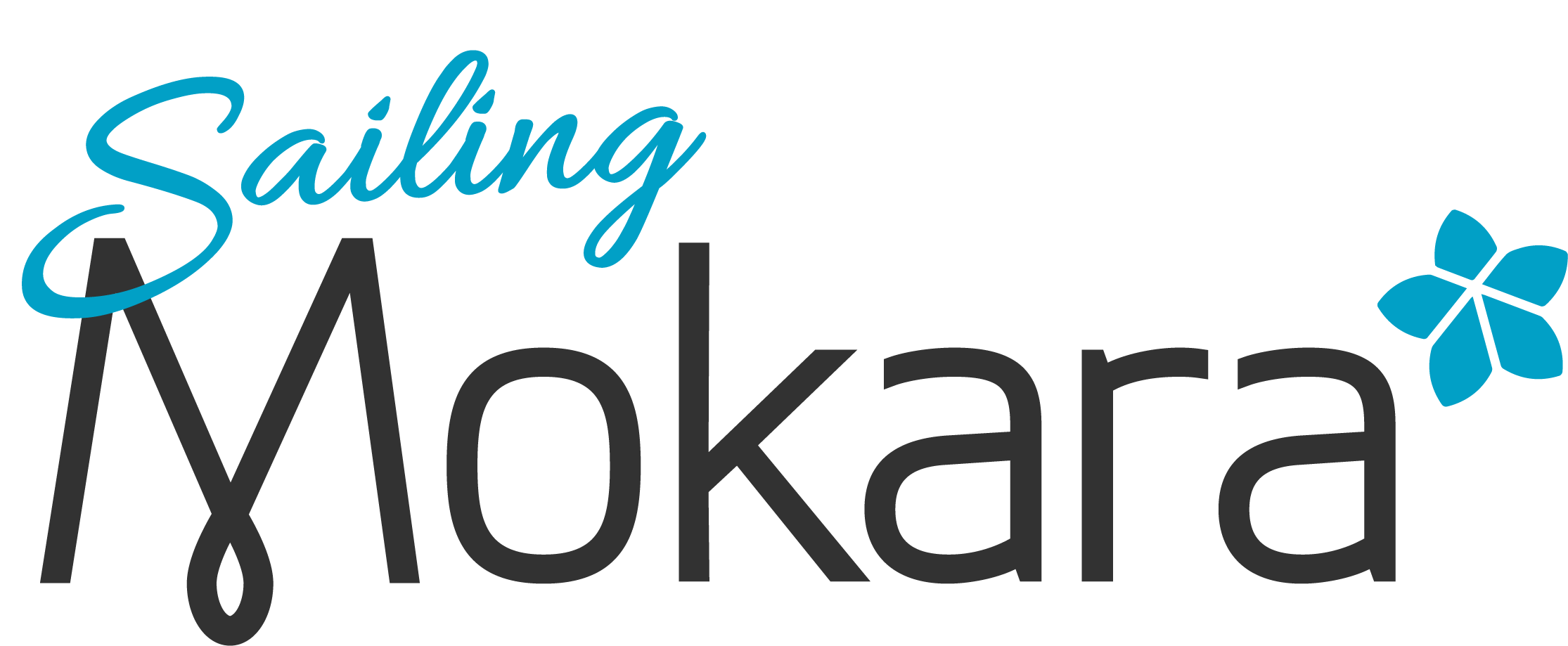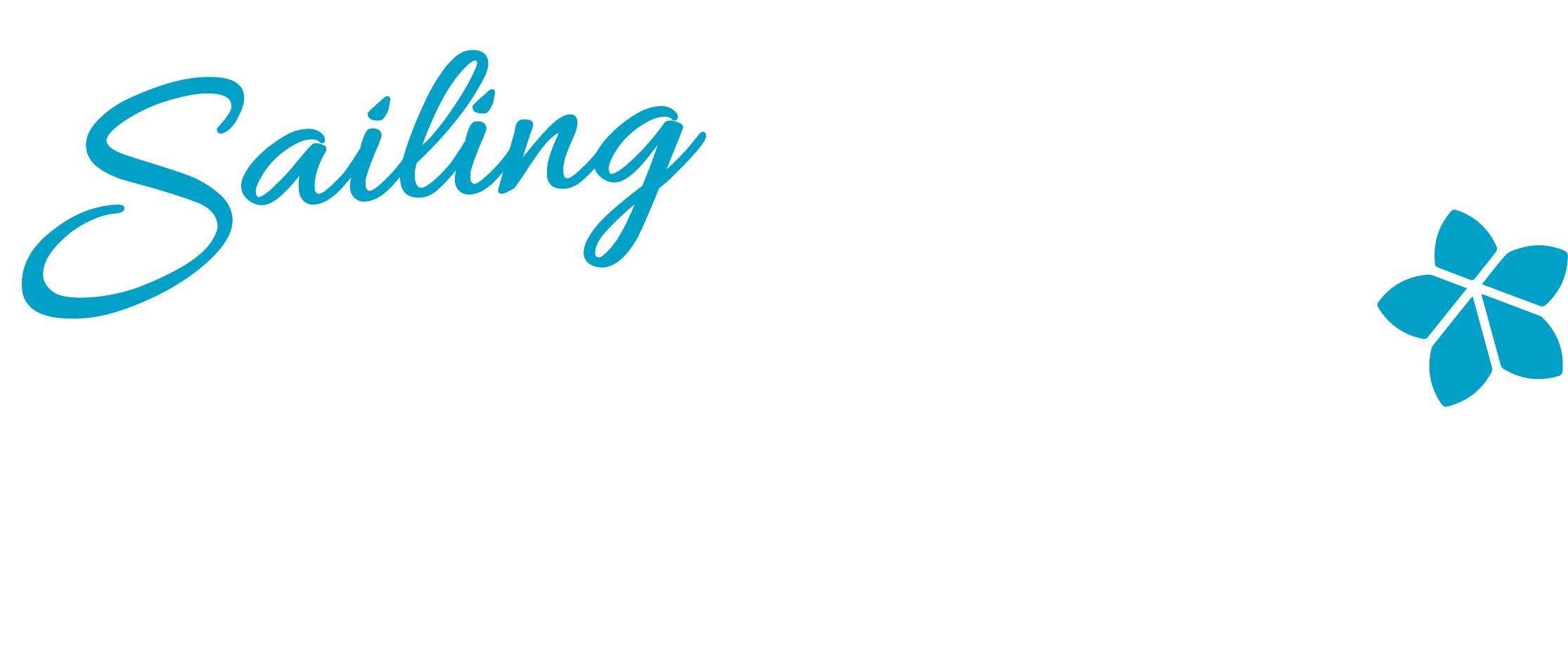
If someone had said to me a month ago you have a choice to either go to Antigua or Barbuda, I wouldn’t even have had to think. My choice would have been Antigua. Why? Well, I’ve only ever seen and heard wonderful things about Antigua, and to be honest I’ve only ever heard of Barbuda in the news after it was almost wiped off the map by Hurricane Irma a few years ago. So I’ve only ever seen pictures of the devastation.
Because of these preconceived ideas I hadn’t even put Barbuda on our route. Our plan was to visit Antigua and then sail on to the islands of Nevis and St Kitts.
We only decided to come here after getting numerous great reviews from various cruising friends that have come this way already. And wow were they right, Barbuda is simply stunning!

A Brief History
Barbuda was discovered by Columbus in 1493 and became English in the 17th century. It was leased as farmland to the Codrington family in 1685, who instead used it as a slave park from which slaves were delivered for resale to other islands. Because of this there were never any plantations established on the island. The Codrington’s lease ended in the 19th century, which meant that the slaves living there at this time came to live self-reliantly in their own community.
Barbuda has always been a dependency of Antigua which gained independence from Britain in 1981. The people here depend on fishing (mostly Lobster).
Arrival
We arrived at around noon, as we wanted the sun to be high in the sky so we could watch out and spot any coral heads in the anchorage. Dark blue water is deep safe water, light blue means it is shallower with sand, black is rocks and brown equals coral. Our charts told us to be careful as the island is littered with coral reefs and the charts can sometimes be inaccurate as to their positions.

As we arrived in Cocoa Point we rounded the reef into the anchorage. I was on deck looking out for a good sandy spot to drop anchor. Huge 1.5m long turtles were popping their heads up all around us. In front was about 10km of white deserted beach, with the most pristine turquoise water I have ever seen. It was perfect!
The scenery
The vegetation on Barbuda is all very low as it is still recovering from the hurricane. Irma hit Barbuda head on, and being such a low lying island (the highest point being only 60m above sea level) there was nothing to offer the vegetation, buildings, animals or people shelter. Everything was destroyed! As the people here describe it – it was all here and the next day it was all gone! All around the island you can see evidence of what was, ex hotel buildings, pools by the beach, homes… What bothers me is that all these “exclusive” hotels were more than happy to build these complexes to make themselves money, but do you think they have the courtesy to clear them up once they no longer want or need them? They are just left here, piles of rubble polluting this beautiful place, left for the locals to clear up…



In saying this I was amazed at how powerful nature is, and how it is reclaiming the land, and almost single handily turning this island into an untouched beauty. Plants are growing over the old hotel rooms, beach sand is slowly filling in the pools and plants are restoring the dunes. Wild horses and donkey’s roam the beaches. The massive beach only has a handful of people on it, most of which come from the boats in our anchorage. Cocoa Lodge hotel has put up luxury tents for its guests, however on our visit there were not many guests there. The resort is also trying to sell off beachfront plots of land, of which it looks like only a small amount have been bought. I suppose you need to be very well off to take the chance in investing in property here. The risk of loosing everything is huge with every summer that passes. Building costs must be high as all the materials need to be brought in. There is no power or sewage, and the land you build on is leased to you by the Barbudan people, who may decide when the lease is up that they won’t be renewing it…

The Barbudans are very proud of their land and refuse to sell it off so that it can be closed off and not be accessible to all. However the developers are trying their hardest to get round this rule. In Barbuda nobody owns land. The land is owned in common by all Barbudian citizens. If a developer wants to lease the land the decision goes to the people and the vote on if the lease should be granted and for how long.
After the storm people were evacuated to nearby Antigua, where they were kept for many weeks, not being allowed back to their island to check on their homes or belongings. Only after 4 months Barbudan families were allowed to return home, however many with children opted to stay in Antigua so that they could attend school. Statistics say only 75% of the already tiny 1634 population have now returned.
While there was pressure from the government to pick away at the communal land ownership before Irma hit, the hurricane provided the opportunity for quick action. In 2018, there was an effort to dismantle the communal land ownership law in order to open the door for privatisation and development. The Barbudans are fighting back and lawyers are working to reinstate the act, although the national government and land developers are moving on with their plans for a privatised Barbuda. Between all the resort projects, most of the Caribbean Sea side of Barbuda has plans for development. Construction has begun around Coco Point and is expected to soon start at other beach locations. All over we saw stakes in the ground with viewing platforms outlining the plots available to investors. A large reverse osmosis tank has also been installed at Coco Point, which is three to four times larger than the one the Council uses to serve the entire local population, these large amounts of water will be used for the resorts. As Barbuda is a semi-arid island surrounded by coral reefs, the desalination process, which involves dumping salt back into the ocean, may destroy the reef life. I also doubt that Barbudans are unlikely to reap significant benefits from new tourism developments, because at the end of the day it’s the developers who always stand to gain the most.

We feel very lucky to have visited and seen Barbuda in its “untouched” state. Even though it had been significantly and visually touched by nature!
I fear that if we were to return in 10 years time that the beaches will not resemble the memories we have of them and instead be littered with resorts and sun umbrellas.
We can only hope that the developers look after the locals, as they have been through so much and deserve to live on their island paradise the way they want to, not pushed to its center as they cannot afford to live on the premium beachfront property.
As the sign says at the tourist office: Visit Barbuda – We Live it – You’ll Love It!
And we sure do!!!!

If you would like to find out more about Barbuda these are very emotional but interesting reads:

